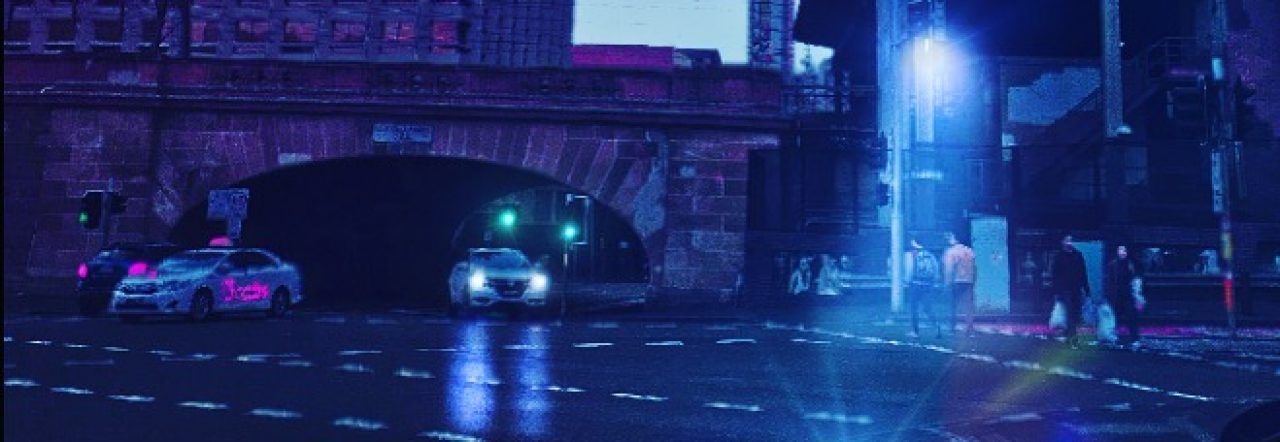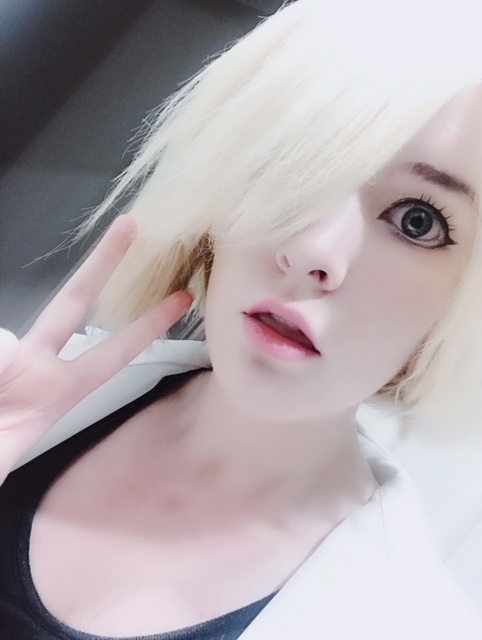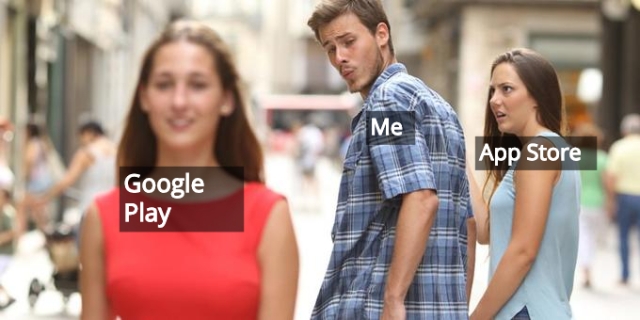About My DA (Once again)
So if you’ve never been here, my Digital Artifact is an Instagram Account and WordPress Blog (FINALLY!) based around cyberpunk themes and telling a story of an artificial world. The visuals focus around highly edited images with a sci-fi/cyberpunk feel to them and feature both people and landscapes.
My Making Process
My making process started off extremely slow with me not having a lot of time to edit photos or to write up blog posts. Fortunately now because both of these things are up and running, it is going much more smoothly in terms of content being produced. I had some doubts that I would ever actually make it to posting anything on the blog side of The Somnus Project, but I eventually got around to it so I can now begin creating longer segments of information regarding the world I am creating.
You can find my first post on the blog here
Upload Schedule
I am currently working on putting an upload schedule in place as part of using the feedback from my ideation process. Time is something that I really struggle with however I think having an upload schedule would make it astronomically easy to keep engagement up with both my accounts.
Creating My Photographs
Cameras
I am still only using my phone and my camera (Fujifilm X-E1) to take photos, however I am occasionally using old photos backed up on my computer and other peoples artworks (editing and giving credit to the original artist). Using other peoples artworks is not only a way of reaching more people who are a fan of their work but also a way that I can save time as often it doesn’t take me long to edit an image.
Programs
I use quite a few apps in order to edit my photos to fit the theme of The Somnus Project. I do not necessarily use all of these on the same picture:
- Polarr – For the primary editing of all my images. I use this to adjust colours, light, shadows, contrast, hues and sometimes to add effects to the lights already existing in the photos as they were taken. It allows me to edit every aspect of the photos and to add gradients, radial effects and overlays.

- Meitu – This application is mainly for the use of selfies should I take them, however I do occasionally use this application for the filters and effects that you can lay over photos
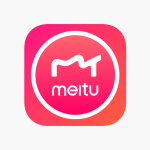
- Facetune 2 – Serves as an application where I can fine tune different elements of photos, especially in adding more shadow or light to a persons face

- RAD VHS – For the videos behind my story posts relating to radio broadcasts I use RAD VHS. It’s helpful for giving a slightly glitched look without me having to pay for anything.
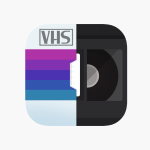
- Werble – Werble is really cool for creating moving pictures, or gifs I guess. I usually upload them as a video on Instagram. This gives me variety.

These applications all help take the first picture to the second picture to help it fit within the world of The Somnus Project. Shout out to my friend Toby for helping me with these photos.
Inspiration and Learning
Part of my project is learning how to edit photos without overdoing it, but still keeping in mind the style of the account. I look to other photographers to do this, in particular demas and noealzii who both put up tutorials on how they edit their photos, and friends who are photographers.
A Comparison Between When I First Started and One of My Most Recent Posts
Blog
Now that the blog is up I have started making posts based on files and the characters within Somnus.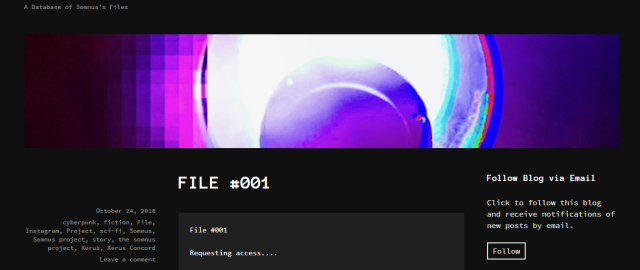
Using this blog allows me to inform my followers more about the world I am creating and to add more depth to it. I have not yet seen any sort of feedback regarding the blog on whether it has helped me reach more people or if my followers from Instagram have used the link to go to my blog. At the moment it is difficult to tell where my followers originally see my content.
The Future
In the future I would like to start using Reddit as a way of further promoting my content. I have also thought about creating some form of physical promotion material such as fliers or stickers. I would like to create a series of extremely short videos which add to the lives of the characters. Maybe in the distant future, given enough people like my content I could end up selling prints of some of my photos. I have also been given the suggestion of making a virtual reality game; while this is an amazing idea, I don’t have the skills for it, nor the money to make it happen, so alas it remains a dream.
IF YOU HAVEN’T ALREADY
You can find The Somnus Project here at https://thesomnusproject.wordpress.com/ and here at the_somnus_project on Instagram
